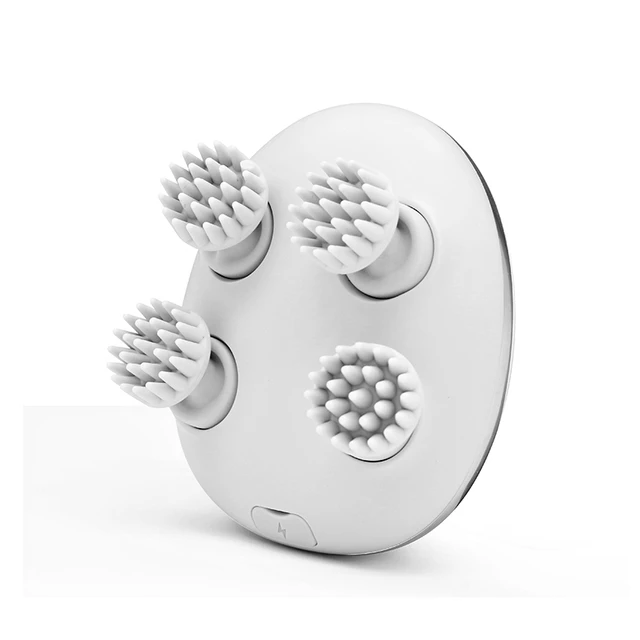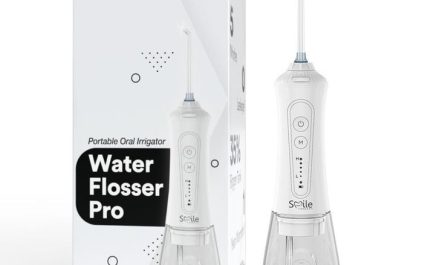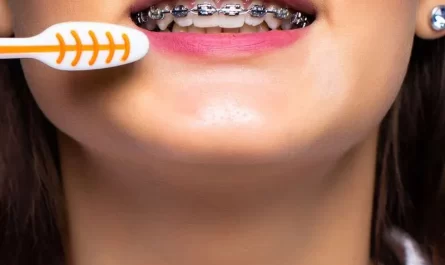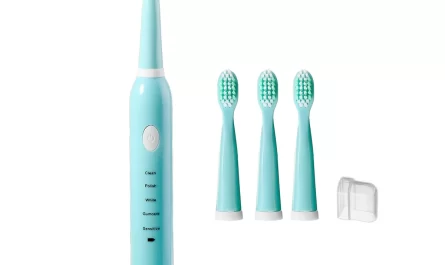Introduction: The Benefits of Scalp Massage
Scalp massage is a therapeutic practice that offers numerous benefits for scalp health and overall well-being. Utilizing a scalp massager can enhance the effectiveness and convenience of scalp massage. In this comprehensive guide, we will explore different scenarios when using a scalp massager is beneficial and how it can contribute to a healthier scalp.
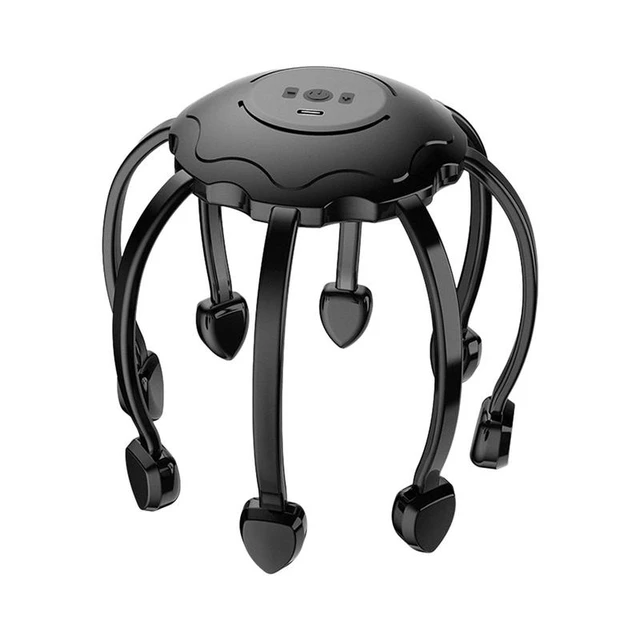
Enhancing Scalp Health: When to Use a Scalp Massager
Daily Hair Care Routine:
Invigorating Your Scalp
a. Promoting circulation: Incorporating a scalp massager into your daily hair care routine can help stimulate blood circulation in the scalp. Improved blood flow nourishes the hair follicles, promoting healthier hair growth and reducing the risk of hair loss.
b. Enhancing product absorption: Using a scalp massager while shampooing or conditioning allows the products to penetrate the scalp more effectively. The massager helps distribute the products evenly, ensuring better absorption and maximizing their benefits.
c. Easing tension: Massaging the scalp with a scalp massager can relieve tension from daily stress. Gentle massaging motions help relax the scalp muscles, alleviating discomfort and promoting a sense of relaxation.
d. Removing buildup: A scalp massager can aid in removing product buildup on the scalp. The massaging action helps dislodge excess oil, dirt, and dead skin cells, preventing clogged hair follicles and potential scalp issues.
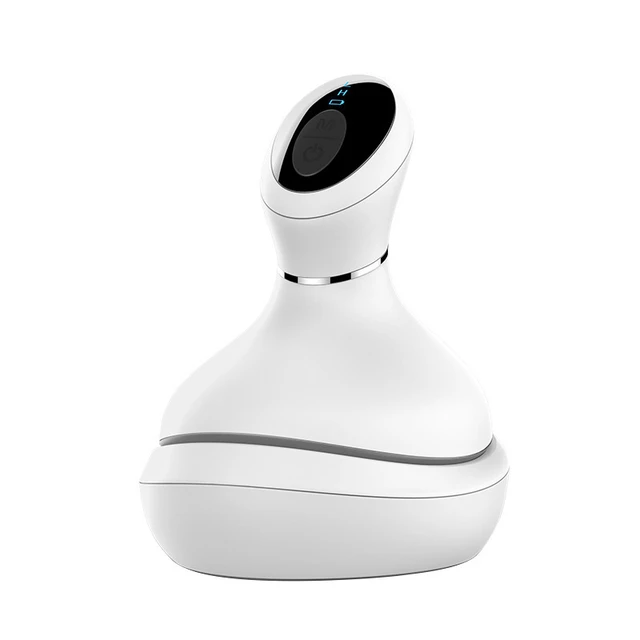
Stress Relief:
Relaxing the Mind and Body
a. Therapeutic benefits: Using a scalp massager can provide a soothing and calming effect, reducing stress and anxiety. The gentle massage stimulates nerve endings in the scalp, triggering the release of endorphins, which promote relaxation and improve mood.
b. Self-care ritual: Incorporating a scalp massager into a self-care routine can serve as a comforting ritual. The act of taking time for oneself, even for a few minutes, can contribute to stress reduction and overall well-being.
c. Before bed: Performing a scalp massage with a massager before bed can help relax the mind and body, promoting better sleep quality. The rhythmic motions of the massager help create a sense of calm, making it an ideal pre-sleep routine.
d. During breaks: Taking short breaks throughout the day to use a scalp massager can provide a moment of relaxation. Brief scalp massage sessions using the massager can help rejuvenate and re-energize, improving focus and productivity.
Scalp Conditions:
Alleviating Discomfort and Supporting Healing
a. Dry scalp: For individuals with dry scalp, using a scalp massager can help stimulate natural oil production. Massaging the scalp with the massager helps distribute oils and moisturizers, relieving dryness and reducing itchiness.
b. Dandruff: Massaging the scalp with a specialized scalp massager designed for dandruff can help exfoliate the scalp and remove flakes. The massaging action helps loosen and lift dead skin cells, reducing the appearance of dandruff and promoting a healthier scalp.
c. Tension headaches: Scalp massage with a massager can provide relief for tension headaches. The gentle pressure and kneading motions help relax the scalp muscles, alleviating headache symptoms and promoting relaxation.
d. Hair loss: While a scalp massager cannot guarantee hair regrowth, it can support a healthy scalp environment. Improved blood circulation and stimulation to the hair follicles promote a nourishing environment for hair growth, potentially minimizing hair loss.
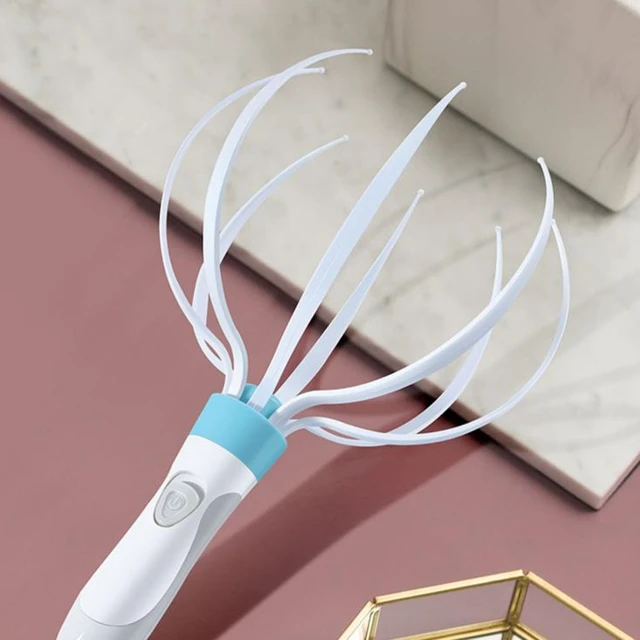
Hair Styling and Treatment Applications:
Preparing the Scalp
a. Pre-styling: Using a scalp massager before styling the hair can awaken the scalp and create volume. The massaging action lifts the roots and stimulates the hair follicles, enhancing overall hair appearance.
b. Hair treatments: Applying a scalp treatment, such as a hair mask or oil, before using a scalp massager can optimize the treatment’s effectiveness. The massager helps distribute the treatment evenly and ensures better absorption into the scalp.
c. Post-dye or chemical treatments: After dyeing or chemically treating the hair, using a scalp massager can provide relief to the scalp. It helps soothe potential irritation and enhances the recovery process by promoting blood circulation and relaxation.
d. After wearing hats or tight hairstyles: Using a scalp massager after wearing hats or tight hairstyles helps relieve scalp tension. The massager’s gentle kneading actions help relax the scalp, reduce discomfort, and promote a healthier scalp environment.
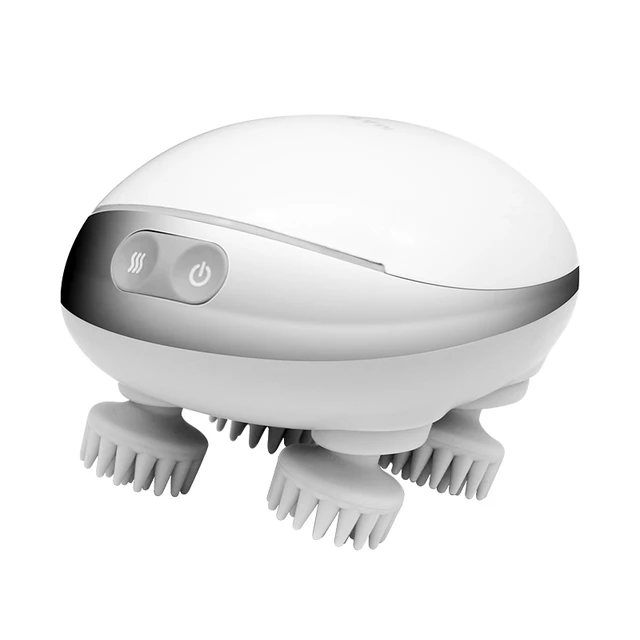
Post-Workout Recovery:
Revitalizing the Scalp
a. Scalp cooling: After an intense workout or physical activity, using a scalp massager can provide a cooling and refreshing sensation. The gentle massage helps soothe the scalp, reducing heat and promoting a sense of relaxation.
b. Sweat removal: Sweat accumulation on the scalp during workouts can lead to discomfort and potentially clogged hair follicles. Using a scalp massager post-workout helps remove excess sweat and impurities, ensuring a clean and refreshed scalp.
c. Scalp rejuvenation: Physical activity can sometimes cause scalp tightness or discomfort due to increased blood flow. Massaging the scalp with a massager can help alleviate tension, promote blood circulation, and restore a calm and rejuvenated feeling.
d. Hair recovery: Rigorous exercise may cause hair to become matted or tangled. Using a scalp massager gently detangles the hair, facilitating easier post-workout hairstyling and preventing hair breakage.
Scalp and Neck Pain Relief:
Targeted Massage
a. Scalp tension release: Tension in the scalp and neck area can lead to discomfort and headaches. Using a scalp massager with targeted pressure points can provide relief by specifically addressing areas of tension and tightness.
b. Stress-induced muscle tension: Stress and anxiety can manifest as muscle tension in the scalp and neck. Employing a scalp massager in the affected areas helps release muscle knots, easing tension, and promoting relaxation.
c. Temporomandibular Joint Dysfunction (TMJ): TMJ disorder can cause pain and discomfort in the jaw, neck, and surrounding muscles. A scalp massager used along the jawline and scalp can help relieve tension and alleviate symptoms associated with TMJ.
d. Scalp reflexology: Reflexology techniques applied to specific areas of the scalp can stimulate corresponding body systems and provide targeted relief. Using a scalp massager with varying pressure points targets specific zones, potentially alleviating discomfort in other parts of the body.
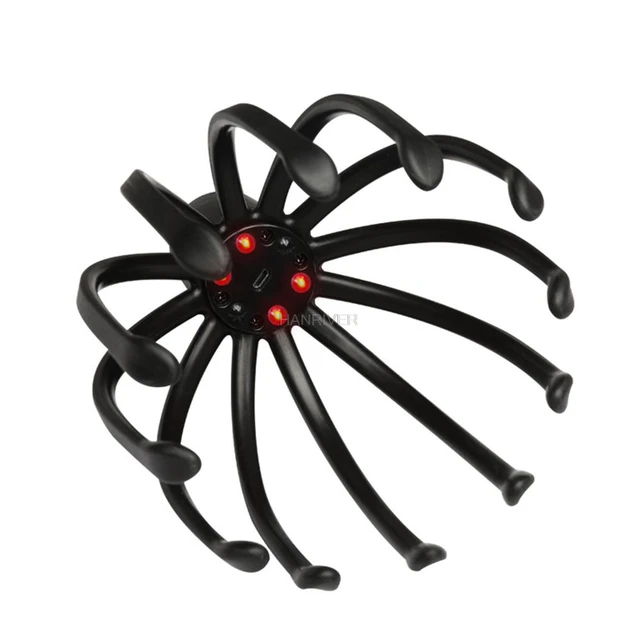
Conclusion:
Incorporating Scalp Massaging into Your Routine
Utilizing a scalp massager offers numerous benefits for your scalp health and overall well-being. Whether as part of your daily hair care routine, stress relief practice, scalp condition management, or hair styling and treatment preparation, a scalp massager can contribute to a healthier scalp environment.
Remember to choose a scalp massager that suits your needs and preferences, ensuring it provides a comfortable and effective massage. Incorporating scalp massaging into your regular routine can enhance your scalp health, promote relaxation, and elevate your overall hair care experience.

